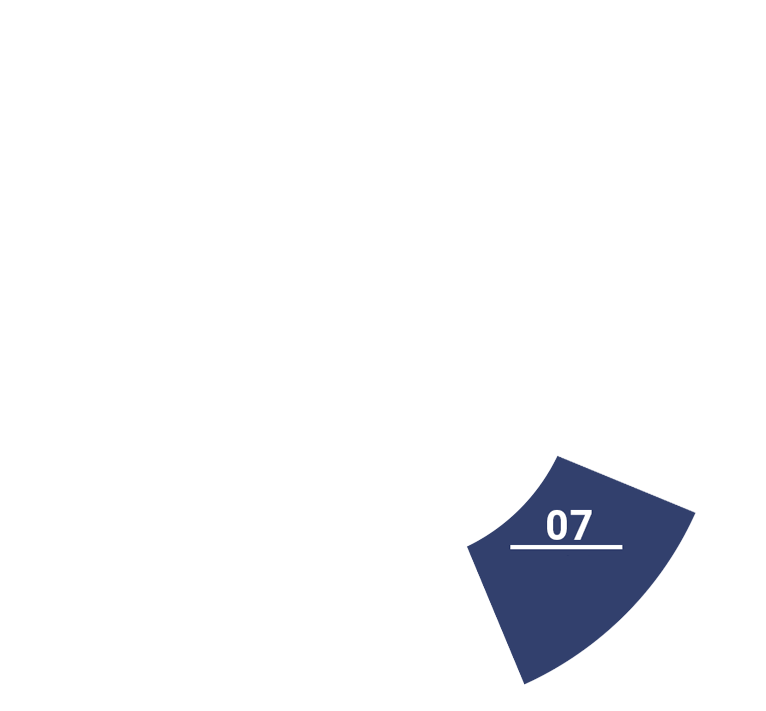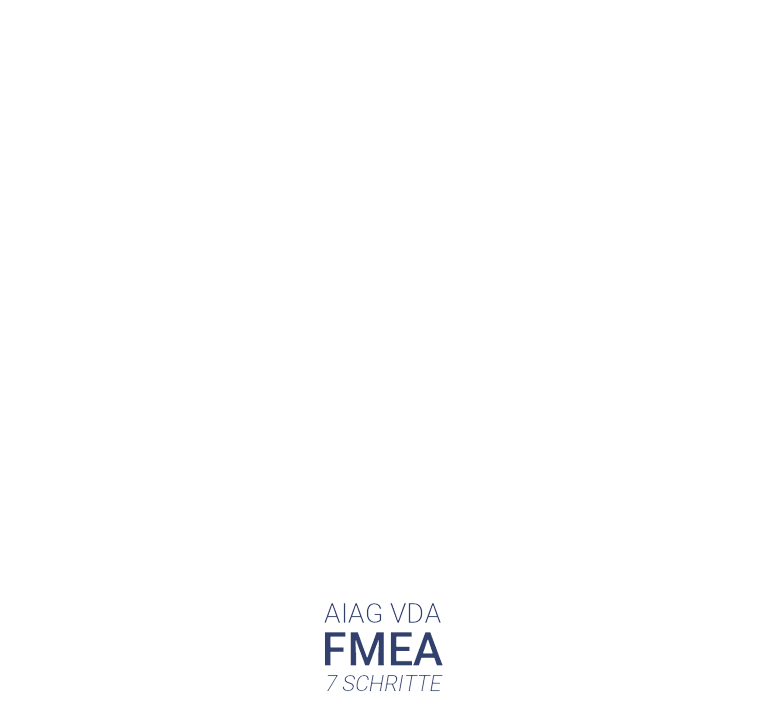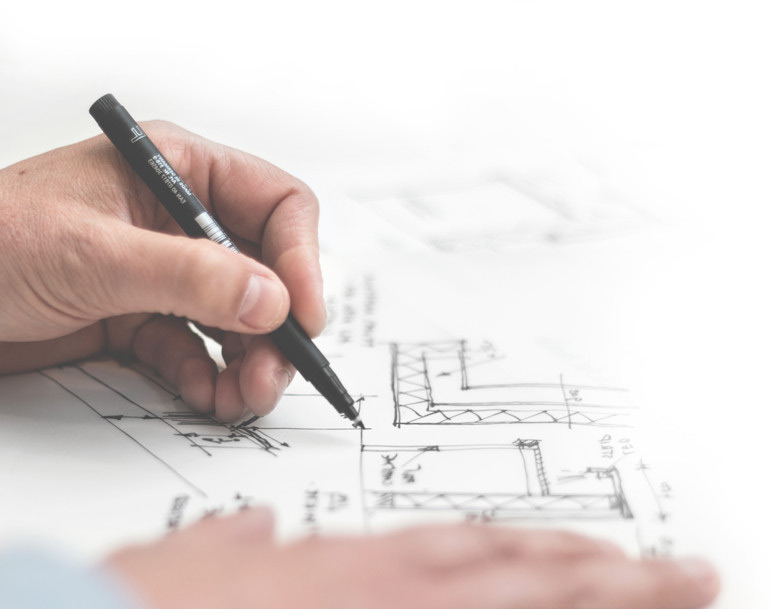Dietz Consultants has been the successful provider of consulting, services and training for decades. Our customers appreciate our global and industry-specific expertise.
Consulting, knowledge transfer, training and coaching from a single source. This is what DIETZ CONSULTANTS stands for as an experienced global provider around FMEA and QM tools. Customers and partners all over the world appreciate our unique industry-specific know-how and best practice knowledge.


- Project plan
- Analysis limits
- Basic FMEA
- Lessons learned


- Structural tree
- Block-/ boundary diagram
- Process flowchart
- Interfaces


- Function net
- Parameter diagram
- Assignment of requirements and characteristics


- Deriving the malfunctions from the functions
- Failure net listing cause, failure and effect


- Assigning failure causes
- Evaluating significance, occurrence and detection
- Determination of task priorities


- Determination of responsible persons and deadlines
- Confirmation of risk assessments based on evidence
- Documentation of effectiveness


- Determination of task priorities



The joint AIAG/VDA FMEA method description for the development of FMEA in the automotive industry was published for the very first time – simultaneously in English, German, and Chinese – in August 2019. At the core of the method are seven steps, which are presented here clearly and in detail. They apply to all types of FMEA: system FMEA, design FMEA, monitoring and system response (MSR) FMEA, and process FMEA.
On the one hand, the seven steps of FMEA constitute the guidelines for the development of FMEA. On the other hand, the seven steps also form the basis for FMEA training, FMEA maturity evaluations, and competence assessment procedures for FMEA experts. The seven steps of FMEA are complemented by the use of block diagrams, in particular boundary and parameter diagrams. All these tools and their targeted application serve the same goal: to minimize the risk of innovation in the context of design and process, and thereby to ensure trouble-free production start-ups. The Dietz Consultants website aims to give visitors comprehensive, up-to-date information on the FMEA method.
Do you require FMEA moderators to firefight, to support your team or for an initial FMEA launch in your company? We can help!
Learn moreOn our website you will find an overview of our various FMEA training courses and apprenticeships.
Learn from practitioners!

For good and robust results, it is essential that the methodology of FMEA is applied in the early phase of product development (planning and development) within the product life cycle. This is because the cost / benefit optimization associated with FMEA is most economical in the development phase (preventive fault avoidance). The later a defect is discovered, the more difficult and cost-intensive the correction becomes.
Failure Mode and Effects Analysis, or FMEA for short, is used preventively in quality management (QM) and safety management, especially in the design or development phase of new products or processes. The method is widely used in the automotive and aerospace industries. However, FMEA is now also required in other sectors: Medical technology, mechanical engineering, food and packaging industry, chemical industry, railroad industry and wind energy.
The objective of FMEA is to avoid faults from the start, instead of having to discover and correct them retrospectively. It is also intended to contribute to increasing technical reliability. As early as the development phase, potential causes of faults were identified and evaluated. The knowledge gained in the process also prevents the repetition of design flaws in new products and processes. In this way, FMEA makes a major contribution to avoiding inspection and consequential failure costs.


FMEA has established itself in many business sectors as the leading tool for optimizing costs and avoiding errors. FMEA first appeared in a military stadard in the 1950s in the USA. However, it is also associated with NASA's Apollo project. In the context of ambitious space projects the recognition and minimization of risks is crucial for success.
FMEA became more widespread through its application in the automotive industry. Pioneering achievements can be attributed in particular to the US and German automotive industries.
Cause-failure-consequence relationship
FMEA has been and still is the subject of committee and standardization work and industry-related method descriptions. For the automotive industry, the method descriptions of the international AIAG (Automotive Industry Action Group) and the national VDA (German Association of the Automotive Industry) should be mentioned in particular:
Success factors for application are:
- The expert knowledge of the specialists who are involved
- A capable process model for development
- Leadership to ensure implementation of results
- A suitable modeling tool (software tool)
Knowing and accepting the limitations of FMEA is an important acceptance factor. For example, social interactions cannot be anticipated with the method.


